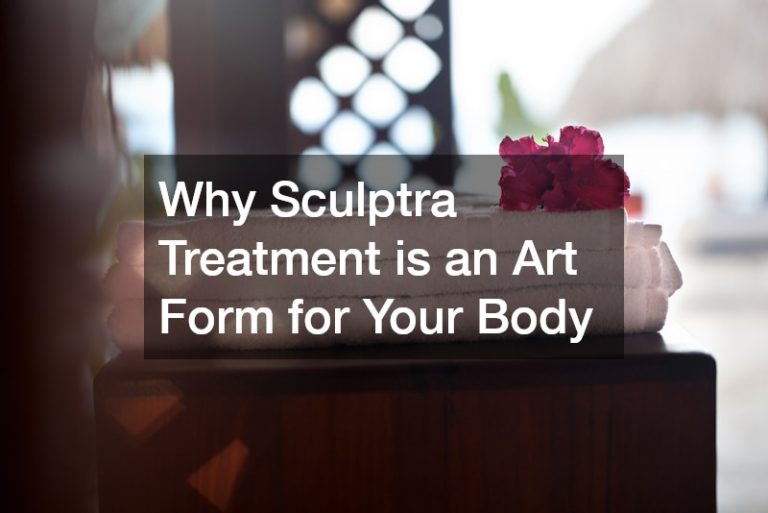With online shopping on the rise, comments about products looking nothing like their photographs are increasing as well. But such comments have already been widespread long before e-commerce became the new normal. We often hear them from people ordering from fast-food restaurants, laughing about their meals looking like a rundown version of its mouth-watering photos.
But despite this, fast-food chains still use edited photos of their products. And thanks to viral videos taking us behind the scenes of fast-food photoshoots and commercials, we learned that it wasn’t actually real food behind the camera. The gooey cheese in burgers is just colored glue, and the shimmer in fruits just hairspray. Yikes!
Still, those tricks didn’t cause fast-food chains to lose sales. Their consumers didn’t boycott them for using fake food in their advertisements. But if you’re selling a non-food product, like clothes, accessories, or gadgets, will it be acceptable to tweak your product photos as well?
Why Edited Product Photos Are Necessary
Edited product photos, while used to attract customers, are primarily to express professionalism. When you shop from big-name online stores, like Sephora or Lazada, wouldn’t you check out the products with the best images? If you see a product photo that’s obviously taken by an amateur, you’d immediately doubt the seller. That’s because clean, edited photos reflect the product’s brand. For example, if you’re looking for a pair of shoes from a well-known shoemaker, you’d set your sights on shoe photos that look similar to the maker’s advertisements and other key visuals. That’s how you distinguish legitimate sellers from illegitimate ones or brand-new sellers from used ones.
Professional product photos influence a customer’s purchasing decision. In fact, as many as 67% of customers believe that product images are more important than descriptions and reviews. Other studies found that professional product photos also reduce shopping cart abandonment and increase the likelihood of completed orders.
So even if your products look a bit different from their photos, don’t stop investing in product image editing services. Your post-processed product photos don’t fool your customers. Rather, they depict your products in the best way, with artistry and even a bit of playfulness. As long as you’re not using fake photos, you’ve got nothing to worry about. Besides, as online shopping activity increases, customers become more aware that products in real life don’t look the same as their photos.
How Much Should You Edit Your Product Photos?

If you’re a new online retailer, you probably don’t have the budget to avail professional services yet. That’s completely fine. Every small business owner starts with doing everything themselves.
Editing a product photo doesn’t have to be complicated. Just get lots of practice before posting anything because even if you have a good DSLR, it won’t suffice for amateur photographing skills. So take time to train yourself on product photography first.
When you’re ready, look at other e-commerce sites to gain an idea of how to edit your photos. Often, major e-commerce brands use photos with a plain white background. You can do the same because the fewer details are in a photo, the less distracting it looks.
So set up your white background, lighting (or use natural light), your products, and start taking photos at different angles. It will broaden your options when you’re ready to edit. Then, after taking the photos, transfer them to your PC or phone, and prepare for post-processing.
Before enhancing the colors, vibrancy, exposure, etc., see if you’ve taken good quality photos first. Are they crisp, clear, and high-definition? The image’s resolution should allow it to remain clear after zooming in. If the photo looks pixelated or out-of-focus, you must re-do the photoshoot until you get it right. Only then can you apply the necessary tweaks.
If you’re selling clothes, shoes, jewelry, or anything that can be worn, it’s alright to edit out the product’s flaws. No customer wants to see creases, dust particles, and fingerprints on product photos. If you’re using a mannequin, bust, or pedestal for your apparel or jewelry products, it’s also alright to edit those objects out. Customers don’t mind seeing a floating necklace or shirt in a photo.
Reflections should also be edited out. If you’re selling a mirror, you don’t want to be seen in the catalog photo. The same is true for other reflective products like gemstones, crystals, and anything with glossy surfaces.
Simply put, you don’t have to do anything crazy to edit your product photos. Just make them look clean, vibrant, clear, and close to reality. When you’re ready to launch sophisticated ads, that’s the time when you can execute more creativity in your product images.


